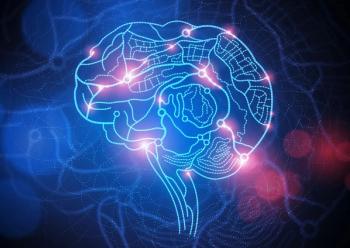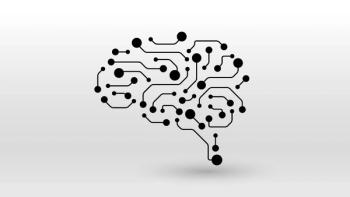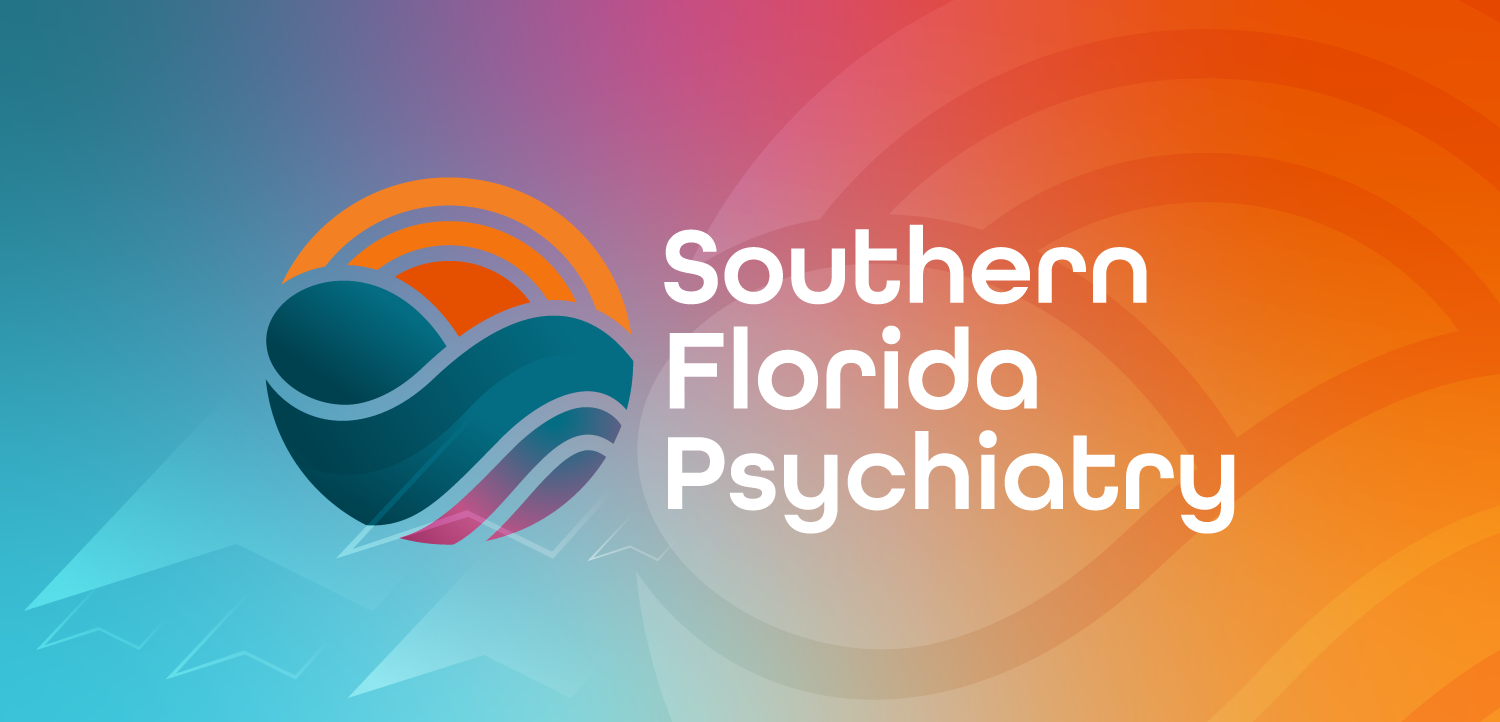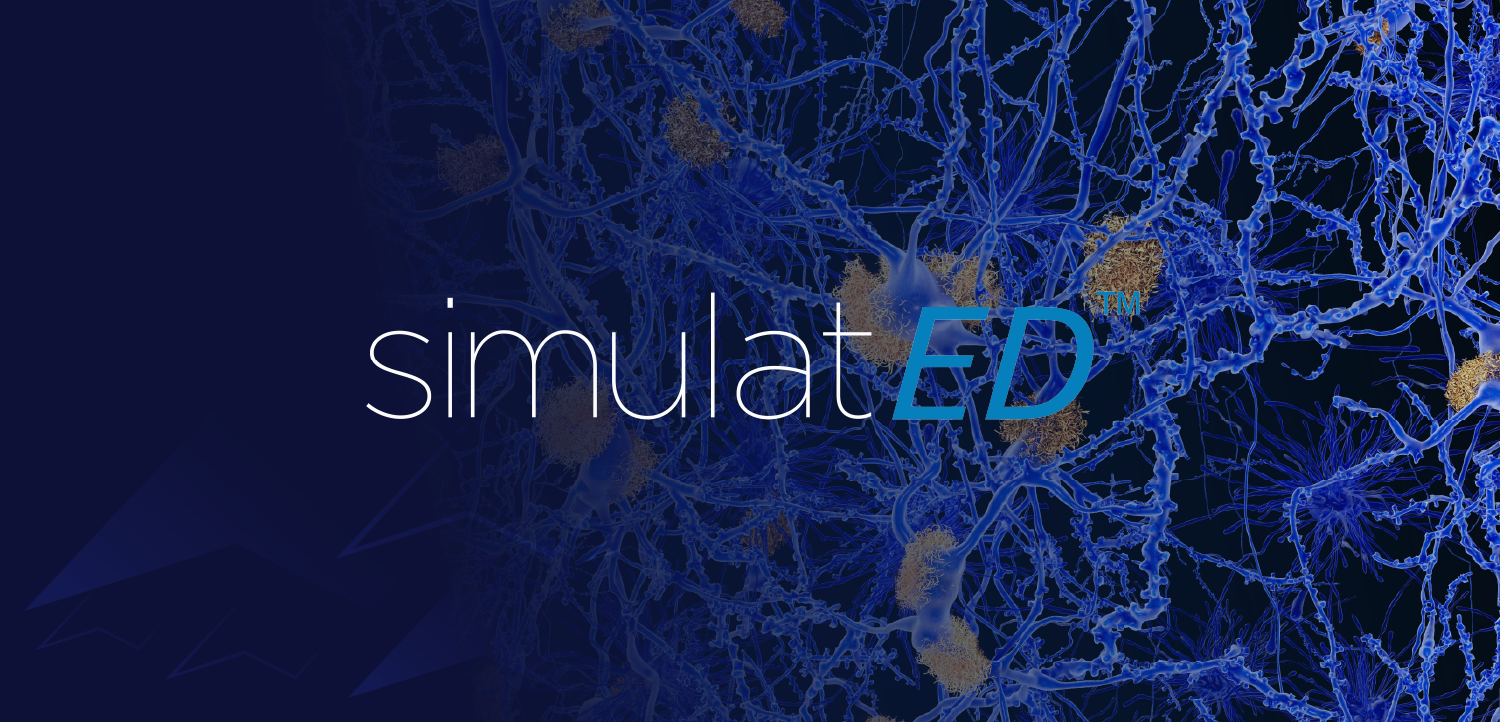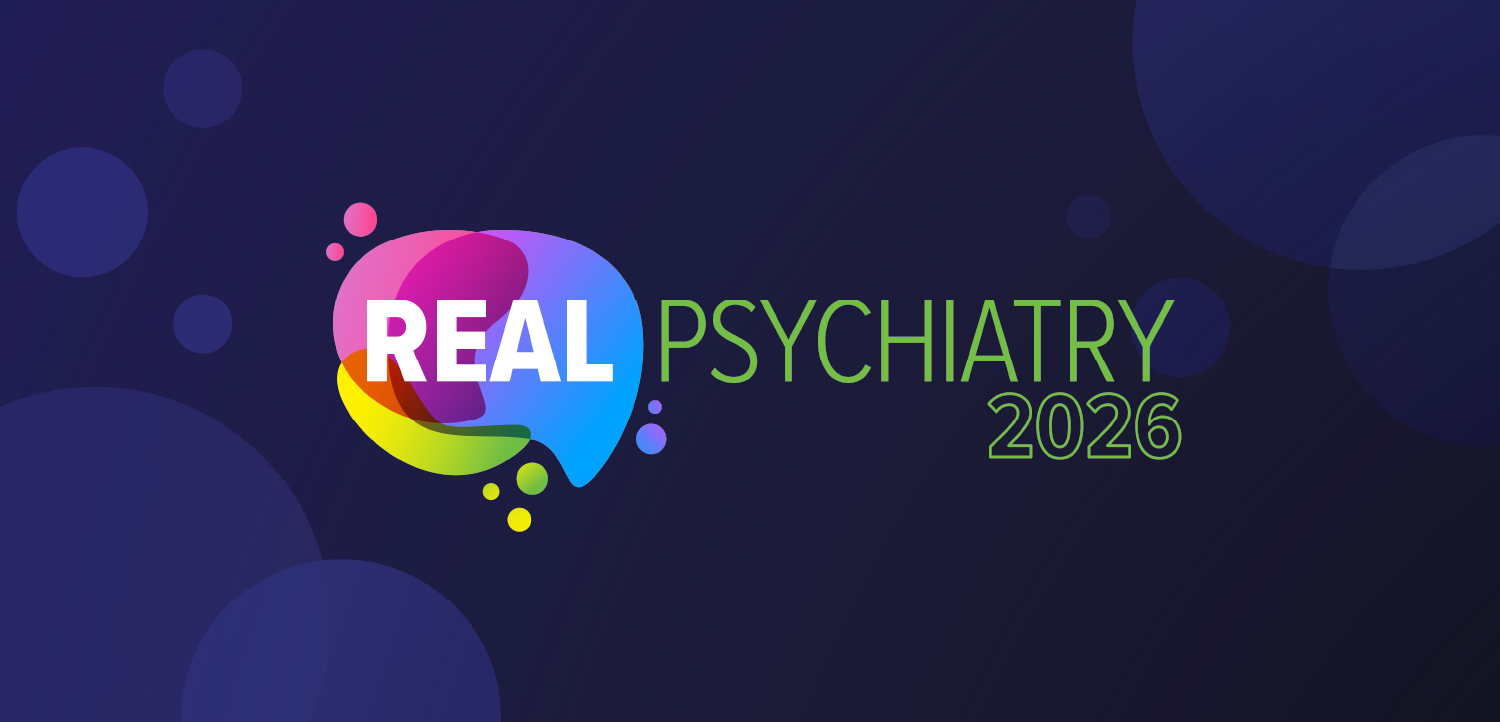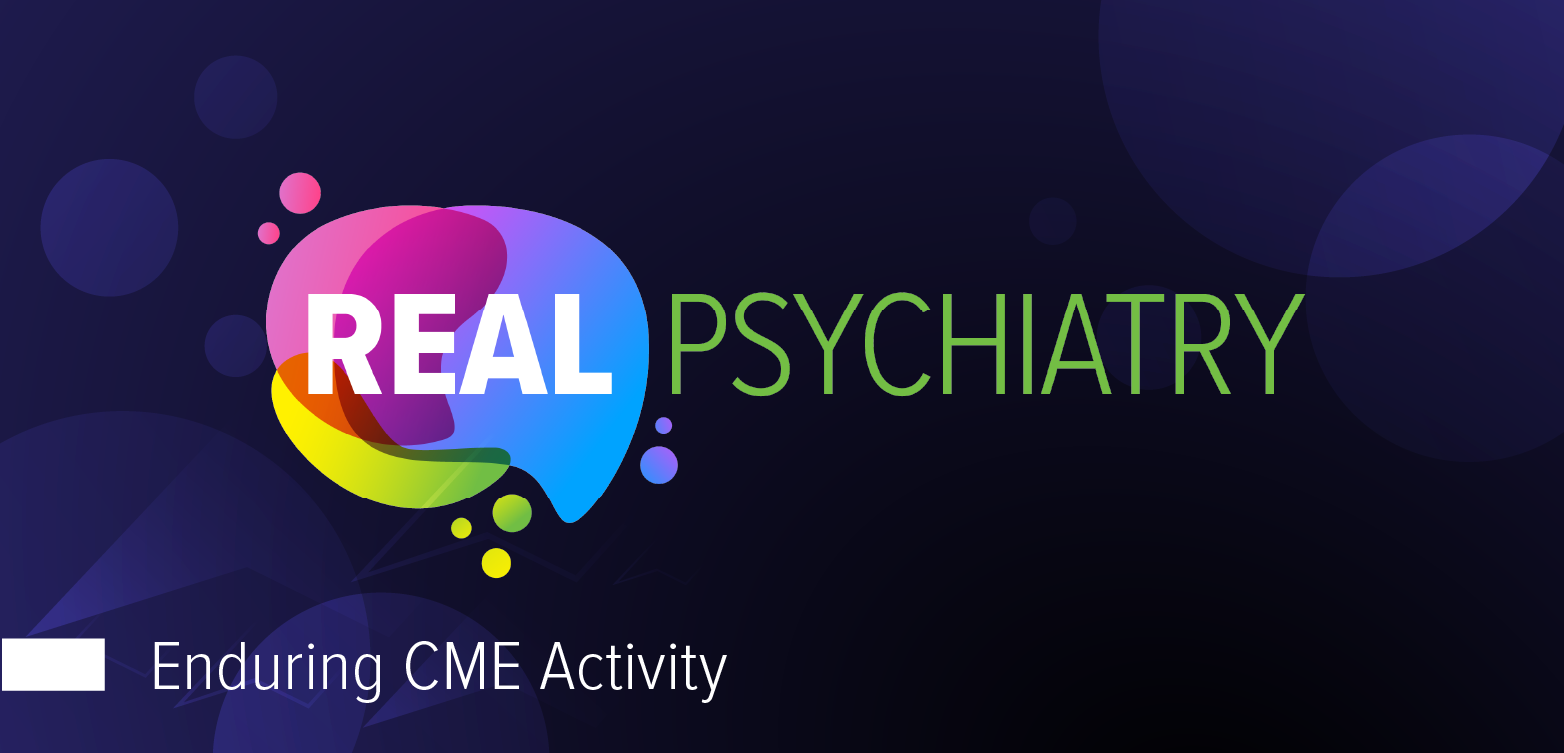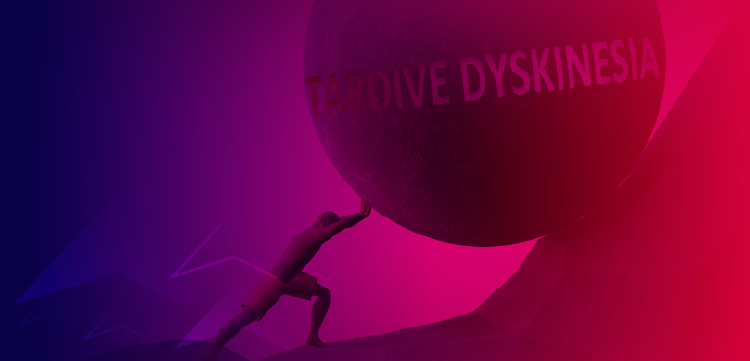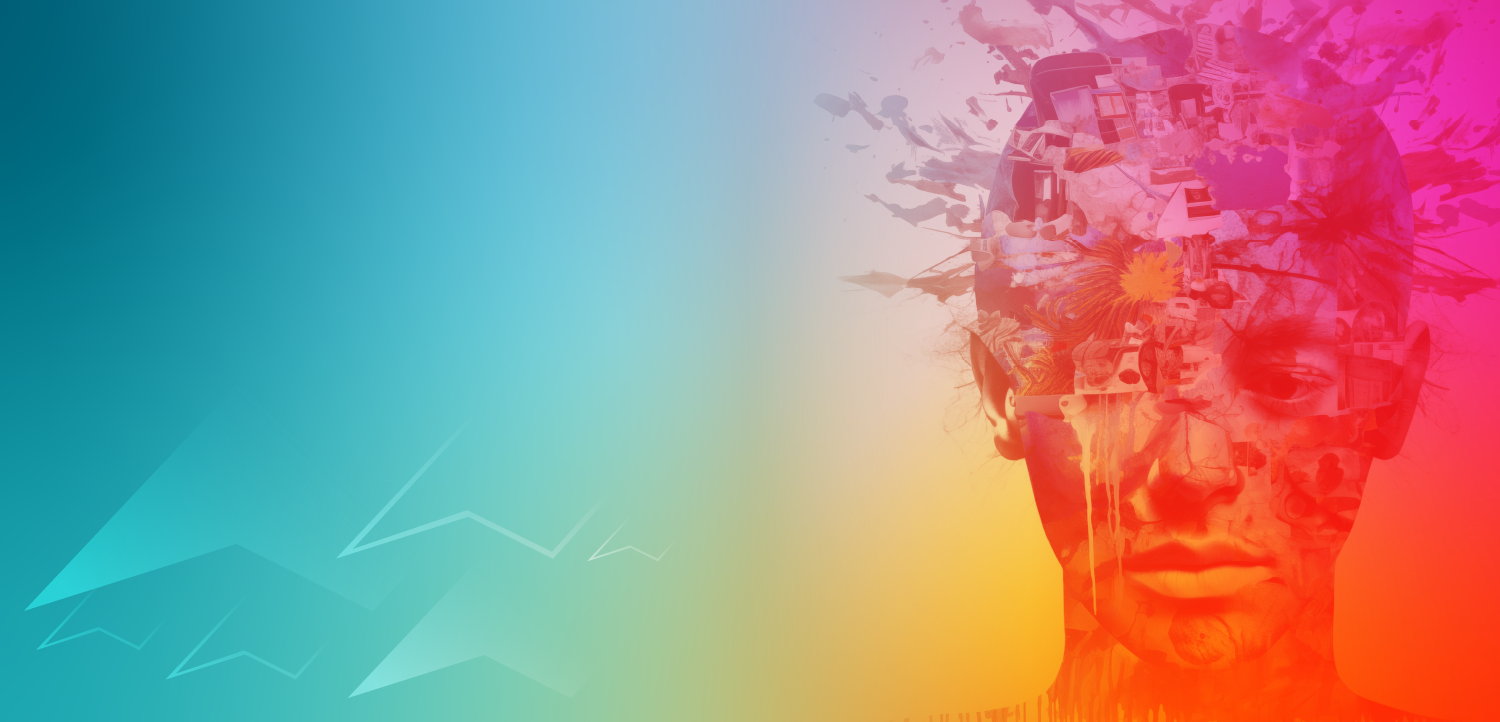
Using Art to ‘Digest and Metabolize’ Clinical Work
How does one clinician use art to process emotions, foster resilience, bridge the space between self-states?
Travel can take us away from the habitual and heighten our sensitivities to the new. Who has not been transfixed by encounters with majestic natural landscapes different from our geographical norms? As a Chicagoan, a trip to Southern California allowed me to experience the geography of Joshua Tree National Park, a novel landscape that captured my imagination to such an extent that a few years later I decided to make the desert my new home. Relocation across the country necessarily brought dislocation, discomfort, and disorientation. However, the geographic change and its attendant shock of the new also brought to life an artistic part of myself that had previously found expression only indirectly in my first career as a humanities professor. I studied and taught (or consumed, if you will) the art, architecture, literature, philosophy, and history of British and Irish modernism and postmodernism for over 2 decades, but in the role of professor I never produced visual art. The desert landscape, my new home, inspired me to paint on canvas and wood, to move from consumer to producer of art. Painting also helps me to digest and metabolize the emotions of my day-to-day clinical practice as a psychiatric nurse practitioner.
The concepts of self and home have dominated my clinical imagination for the past couple of years, likely born of the efforts to create a home in the desert that will nourish parts of myself. Additionally, I have long been fascinated by the healing potential of the therapeutic relationship—certain parts of myself communicate with another person’s within the psychiatric session. Philip Bromberg discusses these parts of self, or self-states, with such convincing eloquence that I have used his frame when activating parts of myself most relevant to a given clinical moment.1 He defines self-states as “highly individualized modules of being, each configured by its own organization of cognitions, beliefs, dominant affect and mood, access to memory, skills, behaviors, values, actions, and regulatory physiology.”1 Healthy development, he argues, should allow for “overarching coherence across self-states,” but a unitary self is not solely a singular static entity.1
Practicing the dynamic activation of various modes of being within sessions builds skill in doing so with patients, to be sure, but life outside of sessions—my intentional cultivation of intrapsychic communication of self to self and interpsychic communication of self to others—stands as the time during which I best prepare for clinic. The more I experience personal and multiple relational modules of being, the more open is my invitation to patients to express their self-states and to “stand in the spaces” between such self-states, to borrow another phrase from Bromberg.2 Visual art has become vital to that process both of recognizing my modules of being (self-states) and of allowing their expression. Through painting, I digest and metabolize the emotions evoked in sessions. Importantly, I learn to live more spontaneously, allowing art to reflect my attempts to stand in the relational spaces. Without a sketch or plan, I face a blank canvas and improvise, using the various self-states accessible to me in the moment to create images.
In some ways, I aim through treatment to assist patients in building a home within themselves in the moment, in real time, on their blank canvases and with their images. Narrative flexibility, emotional regulation, distress tolerance, and resilience all seem to grow when individuals feel more at home within themselves and with all (or most) of their constituent parts, and when people see the moment as safe enough to inhabit rather than to flee, a safety often made elusive by trauma. Posttraumatic narrative rigidity, overcontrolling behavior, and other maladaptive coping mechanisms might seem reasonable tools to use in the face of psychological uncertainty between and within self-states, but we know their relief is transitory. Worse yet, what starts as a means to the end of minimizing distress in the moment, likely augments distress over time.
I have found that the lack of a plan and the reliance upon spontaneity in painting and art can feel like a type of psychological home. Rather than an emptiness that needs containment and control, the empty space of a blank canvas conveys opportunity for safe improvisation. Safety comes from the following: if the improvised painting does not work out satisfactorily, I can paint over it, time and again. Agency inheres in revision. Although I am stressing spontaneity in artistic creation, I do have a process. Before I face a blank canvas, I track emotions from practice, from the intrapsychic and interpsychic data generated in sessions across time. I also read widely, letting various literary and professional texts exist alongside each other in my mind. Then I paint, when I am ready, in the moment or synchronically, synthesizing some of the residues of various self-states accrued diachronically or across time. I assume the unconscious is at work in stitching together emotions from practice with ideas from texts of all types, and I would like to share some examples with you.
Marine biologist Rachel Carson and Sigmund Freud do not seem like intellectual neighbors at first blush, but I painted the triptych titled
Like many psychiatric providers, a large share of my caseload presents with the “oceanic” sequelae of traumatic life experiences and the varieties of human experience mobilized to cope therewith. Clinicians I most admire do not recoil from multifactorial and multifunctional symptoms as they seek to assist patients in moving toward posttraumatic growth. Brave though we may be in this work, vicarious trauma is real, and it inspired this series of paintings: the ghosts of trauma haunt patients (
A patient is not just a diagnosis, and, by extension, those of us who care for patients are not just clinicians. The more I develop parts of myself in addition to those parts activated within the clinical role—the more I engage with nature, art, friends, family, and communities—the better I am at standing in the spaces between my self-states and at inviting others to bring their multiple self-states into sessions and into relation with me. Perhaps when I am at home with my artistic self, at home with my clinical self, at home with my relational self, at home with my emotional self—perhaps then I can offer patients a space in that home.
Dr Murphy is an artist, educator, and psychiatric clinician. He was a tenured professor of English & Cultural Theory before becoming a psychiatric nurse practitioner. He practices psychiatry at university health and counseling centers, and in private practice. Murphy’s art is published in Medical Humanities, Diacritics: A Review of Contemporary Criticism, American Journal of Nursing, Journal of the American Association of Nurse Practitioners, and Hektoen International: A Journal of Medical Humanities.
References
1. Bromberg PM. The Shadow of the Tsunami and the Growth of the Relational Mind. Routledge; 2011.
2. Bromberg PM. Standing in the Spaces: Essays on Clinical Process, Trauma, and Dissociation. The Analytic Press; 1998.
3. Carson R. Under the Sea Wind: a Naturalist’s Picture of Ocean Life. Simon & Schuster; 1941.
4. Freud S, Strachey J. Civilization and its Discontents. W.W. Norton & Company; 2010.
Newsletter
Receive trusted psychiatric news, expert analysis, and clinical insights — subscribe today to support your practice and your patients.


